Recently, the nice folks at 4Sevens submitted their latest pocket torches for review at The Martialist. I’ve been impressed with 4Sevens’ quality and product line since the I first reviewed the Quark AA and Quark 123 “Tactical” models. The AA tactical, in fact, became my pocket light from the day I first got my mitts on it, and it’s sitting in my pocket (showing the scratches and scuffs of daily carry) even as I type this.
What I’ve come to appreciate about 4Sevens is the diversity of its product line. While the AA Tactical I carry is a great little light, there will be those who don’t like carrying a clip-equipped light in their pocket in this way. There will also be those who would prefer something smaller, or perhaps something more closely resembling the dimensions, weight, and operation of a traditional pen light. Still others won’t want the multiple lighting modes available on the latest tactical lights… and then there will be those who want all the features of a modern, circuit-controlled tactical light who want something even more substantial. Regardless of the requirements, I would imagine there’s a light in the 4Sevens line-up that fits the bill… and the batch of lights I’ve recently spent a few weeks evaluating prove this out. The latest offerings from 4Sevens include the Preon in two sizes, the Quark MiNi AA and MiNi 123, and the Quark RGB.
Quark RGB
The Quark RGB is a full-featured tactical light available in different qualities of LED (cool-white and neutral white). It has all the usual “tactical” features, including a body of knurled aluminum, a pocket clip, and a tailcap switch. What’s remarkable about it is hinted by its name: the RGB produces multiple colors of light.
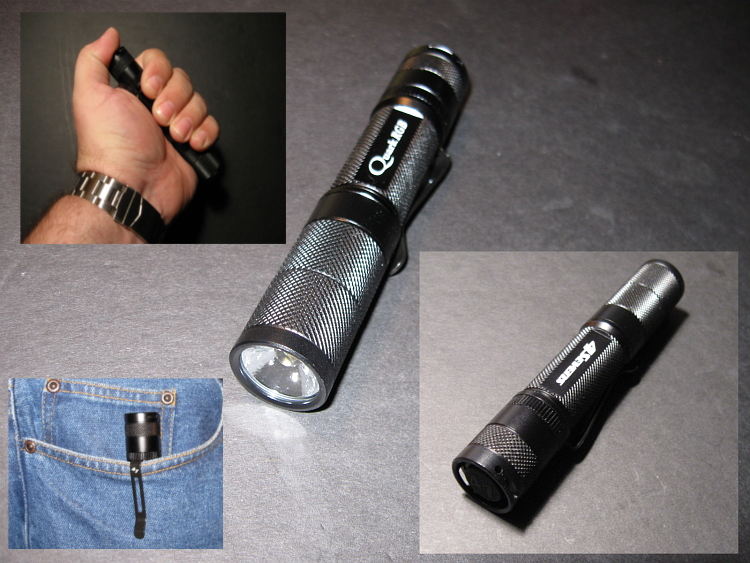
Back in the days when the Mini Maglite was the pocket light by which all others were judged, I had several deluxe sets of these flashlights that came with plastic colored filters. Different colors of light are useful in different situations, depending on how much visibility you want, whether you’re trying to protect your night vision, etc. To mess around with little plastic discs isn’t practical, however, and attempts to produce lights with rotating color heads have met with varying degrees of… let’s say underwhelming performance.
The first time I produced a wash of bright green light with the RGB, I realized that things have changed. As with any multi-mode LED light, I then had to read the instructions to figure out how to make the RGB do what I wanted it to do when I wanted it to do it.
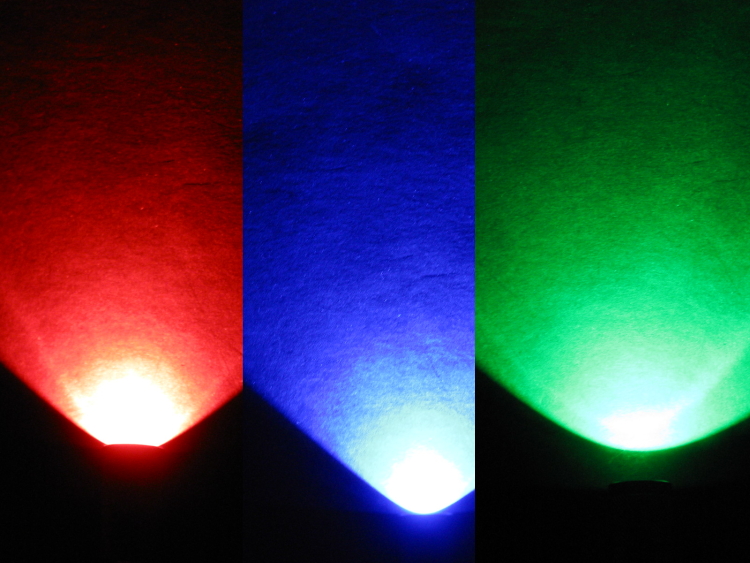
Officially, the RGB has a maximum output of 150 lumens and a .4 lumen “moonlight” mode. Maximum strength produces a burn time of 2 hours total, while in moonlight mode your light could conceivably get 27 days of constant-on use out of a single pair of CR123A cells. The light of course features multiple color modes of operation, as well as strobe and S.O.S. pattern “blink” settings.
Fit and finish are top quality, as I’ve come to expect from 4Sevens. The knurled light is sturdy, provides good traction, and feels as solid as a bank vault when you turn the bezel. The textured tailcap switch clicks on and off positively and sits level with a raised ring around the tailcap that helps prevent accidental activation in your pocket. Slots and holes in this ring provide mounting points for the provided lanyard, which has a metal clip. Speaking of clips, the pocket clip on the light had good tension and held the light securely in my pocket right out of the box.
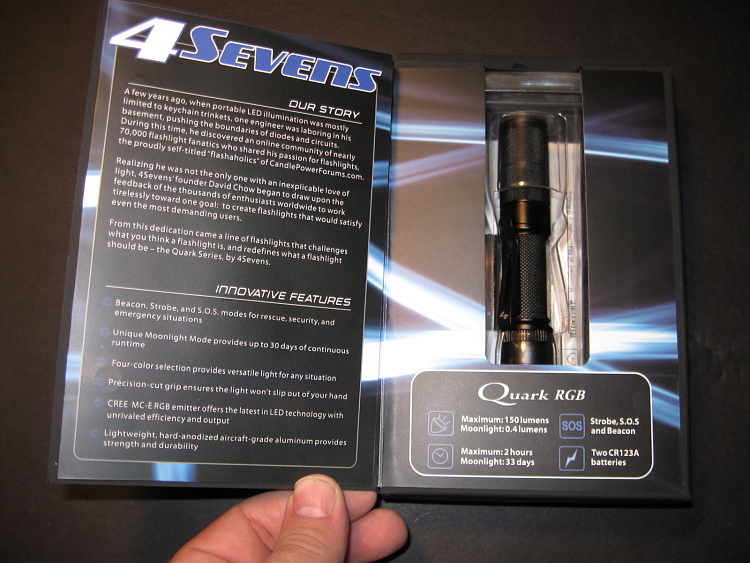
Switching among the RGB’s modes is relatively simple. Tightening and loosening the bezel switches the color output, while clicking the tailcap quickly on and off (within 4 seconds, according to the light’s manual) makes the light change from “moonlight” (it’s lowest output) to low, medium, high, maximum, strobe, and beacon. As recorded in the product literature, “low” is about 2 lumens, “high” is almost 60, and maximum is supposed to be the promised 150. When Xenon-bulb tactical lights became all the rage, 60 lumens was the rough average of what most lights produced. I thought this was plenty bright, which makes the 150-lumen maximum output freaking incredibly bright. My eyes are unable to process the difference, really, once we get up over 100 lumens and more. It’s obviously more than bright enough for your self-defense and shooting needs, while the lower levels of output offer utility options for situations in which you just want to check your watch in a movie theater or see what’s inside a closet without blinding yourself.
The cone of light produced is very large. I was impressed by just how big it was, and just how much light the RGB pumps out. If you like to keep your flashlight focused to a tighter spot, however, you’ll be disappointed. There’s no way to do that. Turning the bezel changes the light’s color mode but does not alter its focus.
The size, weight, and length of the light make it an almost perfect choice for self-defense, however. It projects just a bit from either side of my fist and is neither too big nor too small, comfortable and reassuring whether used alone or in conjunction with a firearm. The multiple modes will give some users pause, considering that when shooting under stress you don’t want to click the light into another brightness or strobe option accidentally… but such single-mode lights can’t offer the utility features that make the RGB such a versatile daily carry item.
The RGB ships with batteries, extra O-rings, a synthetic finger loop, sheath, and lanyard.
MiNi AA and MiNi 123
Available in black and titanium, the Quark MiNi AA and MiNi 123 are the little siblings of the “tactical” models I’ve previously reviewed in The Martialist. To be honest, these are the lights that I really ought to be carrying, considering what I use my AA Tactical to do most days. I drop the light in my pocket and leave it there, using it primarily for utility. This is the role for which the MiNi lights were explicitly designed.
To this end, the lights have small mounting points for lanyards (which are not provided) and ship with extra O-rings in attractive gift boxes. There are no tailcap switches. The only control is the bezel, which can be tightened and then loosened to switch the light’s mode from low to medium to high.
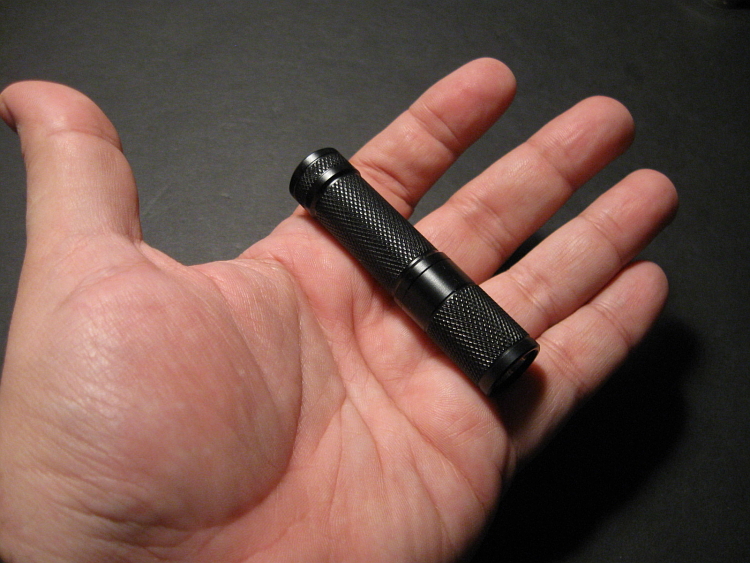
As the names imply, the lights are available powered by a single AA or a single CR123A cell. I prefer the AA simply because it’s so much easier and cheaper to buy AA batteries than CR123A cells — but the AA light is correspondingly longer (while the CR123A light is fatter). Either will sit comfortably in a pocket all day long, although the shorter CR123A light practically disappears with my keys and other pocket debris.
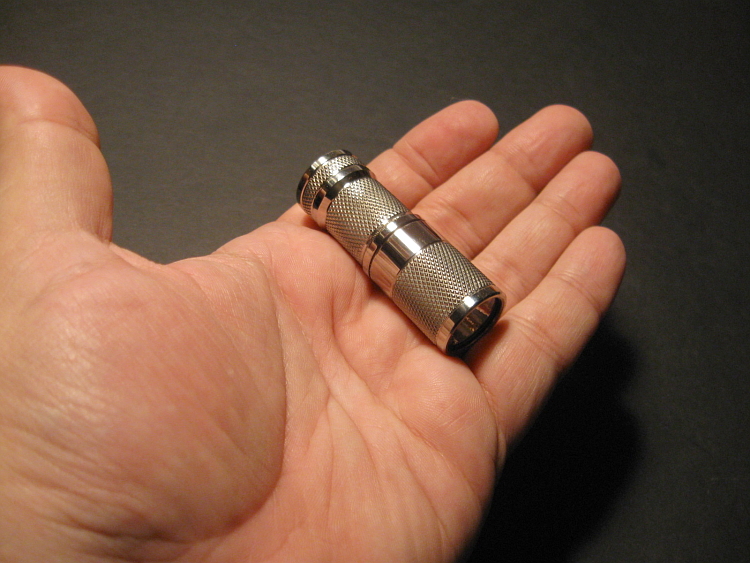
Fit and finish meet 4Sevens’ usual high standards and both lights feel very solid when you turn the bezel. The knurling provides good traction, and the available “titanium” color is very attractive to boot. If you’re tired of basic black and want something a little more shiny, this is a great option.
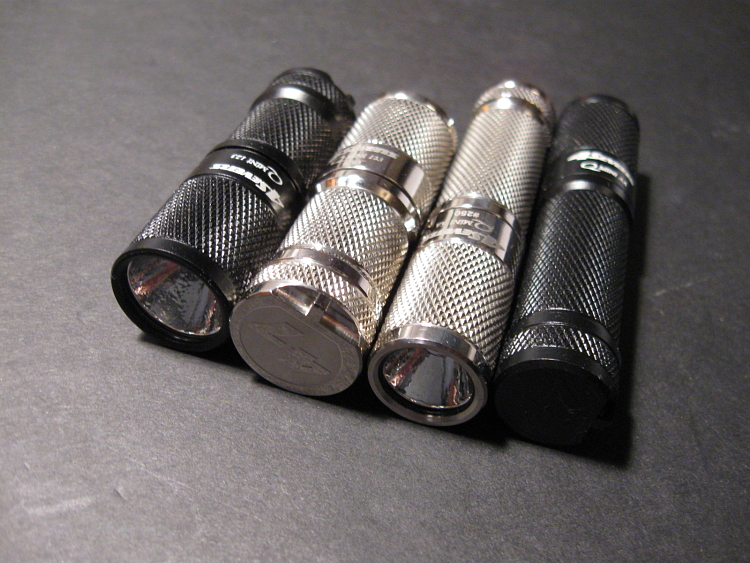
The product literature claims the highest lumens output from the CR123A light is 189, versus only 90 for the AA light. This is another determining factor when you choose the torch your prefer; there are only so many lumens you can squeeze out of an AA battery. You pay more for CR123A cells, but you get more power in the exchange. The low mode for both lights is supposed to be about 3 lumens, while the medium mode is 40 lumens for the CR123A and 25 lumens for the AA. Burn times range from several days at low output to over an hour at high output, for both lights.
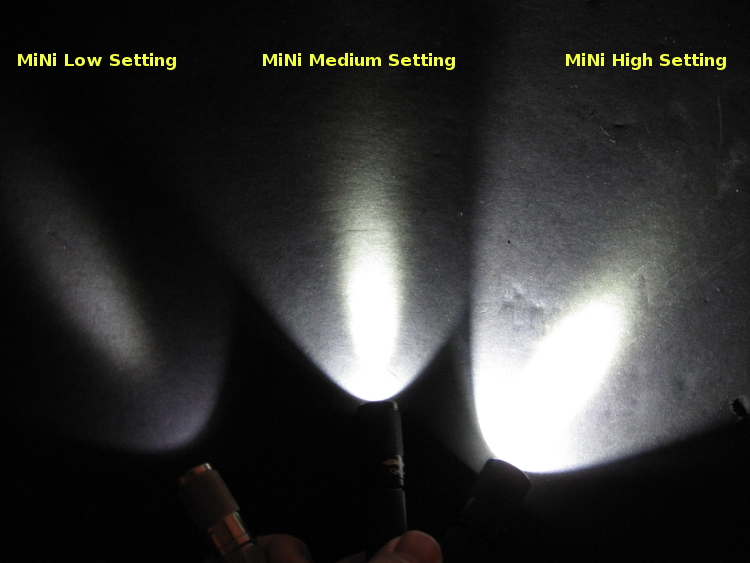
Both lights offer “special” modes of output, too. After quickly switching through two cycles of brightness options, if you keep tightening and loosening the bezel, the light will switch to strobe, SOS, high beacon, and low beacon modes. The beacon modes flash five times, then once every 10 seconds.
These are excellent daily utility pocket lights that combine powerful output with multiple modes for great versatility. I’m seriously considering replacing my well-worn Quark AA Tactical with the MiNi AA… although I keep debating the increased power and smaller size of the CR123A model. Either will serve you well as an everyday carry item, and both are perfect for dropping into a pocket all day, every day.
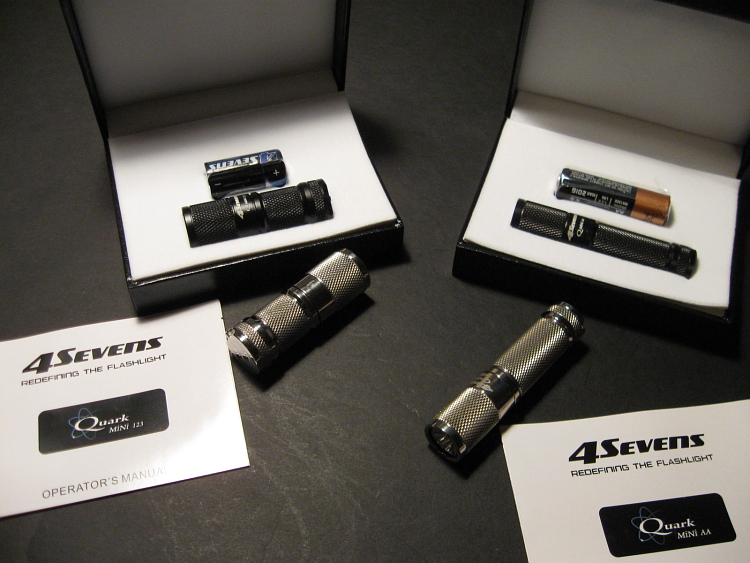
Preon 1 and Preon 2
When I was a boy, when most of the flashlights I encountered were the beat-up aluminum torches we kept in a drawer in the kitchen, my father always carried a pen light. It was his version of the daily utility and emergency light, which would later give way to a series of Mini Maglites and then finally more modern pocket torches. Regardless of how quickly technology advances, however, there is something pleasing about a pen-sized light that no other flashlight can equal.
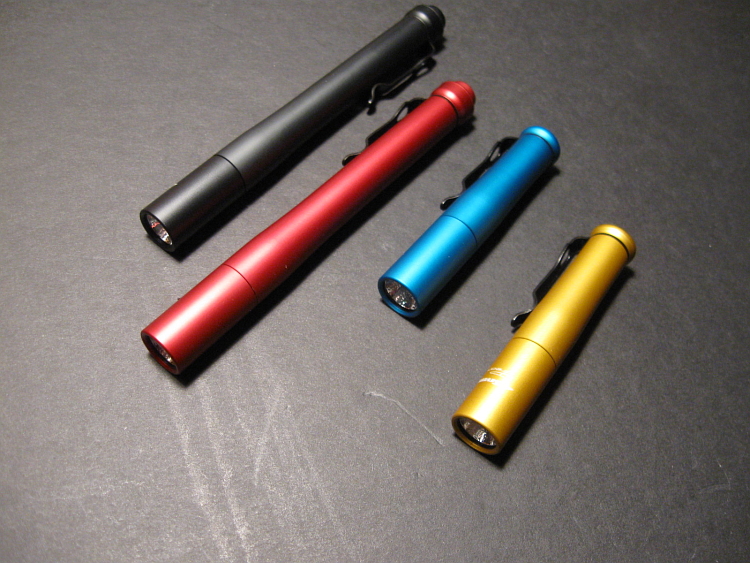
4Sevens’ website describes the Preon lights as “absurdly bright” and “the world’s first AAA powered, CREE XP-G flashlight.” The lights feature six levels of output and three “special modes” of output, all in a package that reminds me of nothing so much as those pen lights my dad carried in his shirt pocket (complete with pocket protector full of pens).
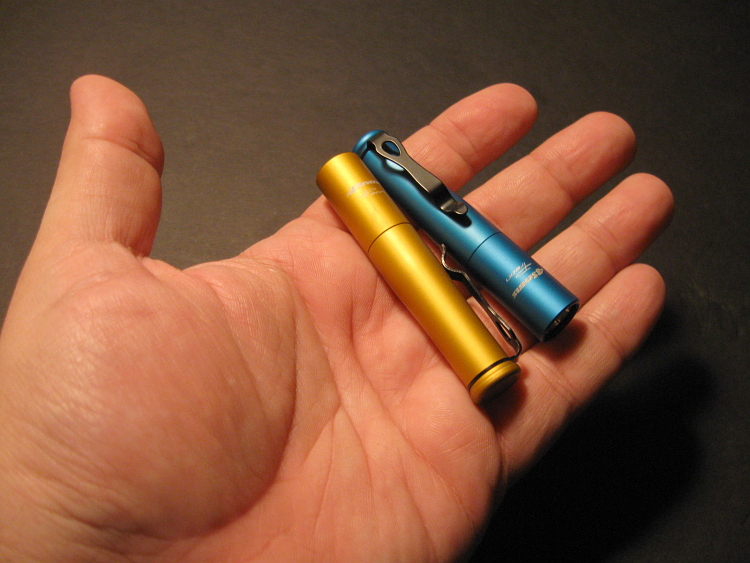
The Preon 1 is powered by a single AAA battery, while the Preon 2 holds two and is twice as long. The Preon 2 also has a tailcap switch (the Preon 1 does not). Both are available in multiple colors and both models have slim pocket clips that provide great retention right out of the attractive packaging.
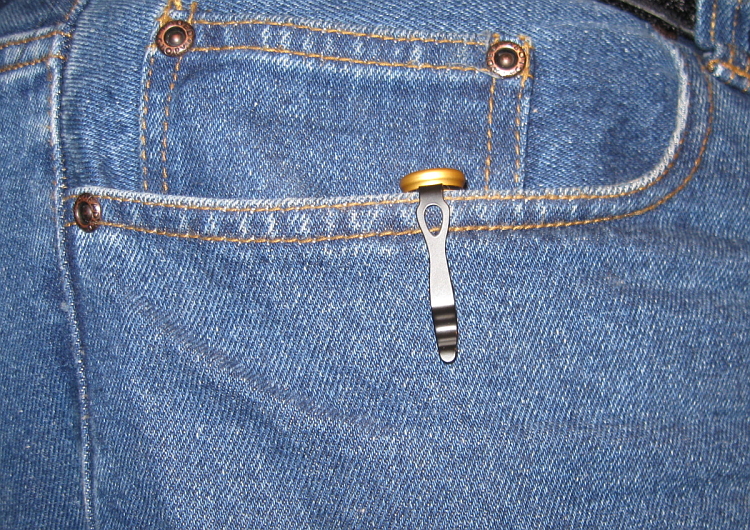
I feel like a broken record (an expression that no doubt dates me as old), but fit and finish are excellent. When you click the Preon 2’s tailcap switch (which is quite loud) or you turn the Preon 1 and Preon 2 bezels, the lights feel extremely solid and well-made.
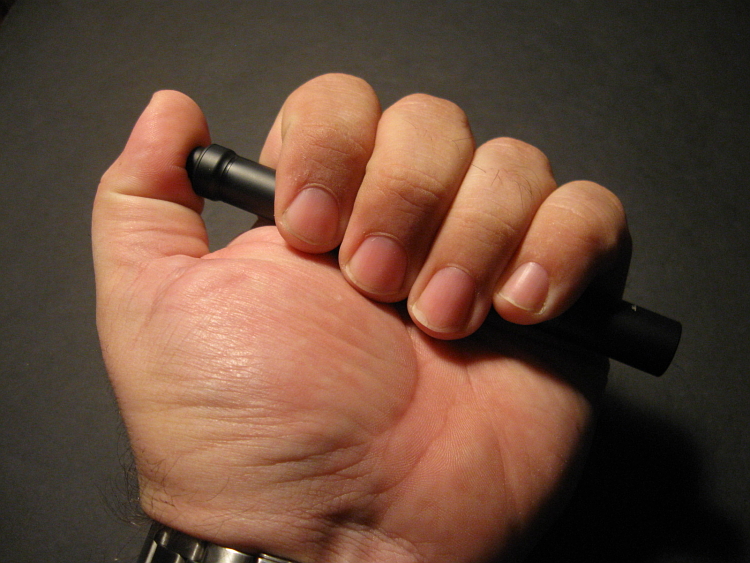
Like the MiNi lights, turning the bezel tight and then loose switches the Preons from one level of output to the next (from low to medium to high). Cycling through these modes twice and continuing to cycle will allow the user to access the “special” modes of operation — Strobe, SOS, high beacon, and low beacon, just like the Minis. Because the Preon 1 has no tailcap switch, turning the bezel also serves as the light switch. The Preon 2 can be cycled through its operating modes by repeated clicking of the tailcap switch, or turned on once using the switch and then cycled using the bezel. The Preon parts are modular, so you could put a Preon 2 tail switch on a Preon 1 bezel, etc.
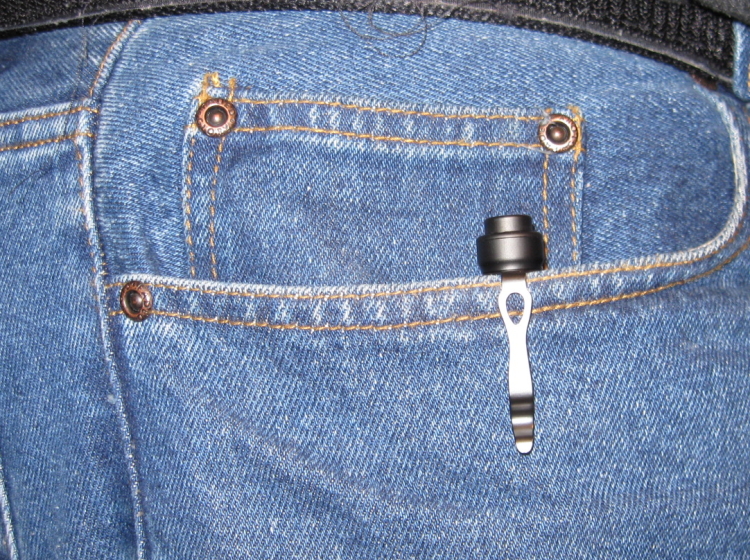
Burn times for the Preons range from 23 hours on “low” mode to most of an hour on “high” mode. The brightest output from the Preon 1 is supposed to be 70 lumens, but adding an AAA cell in the Preon 2 ratchets that up to an amazing 160 lumens.
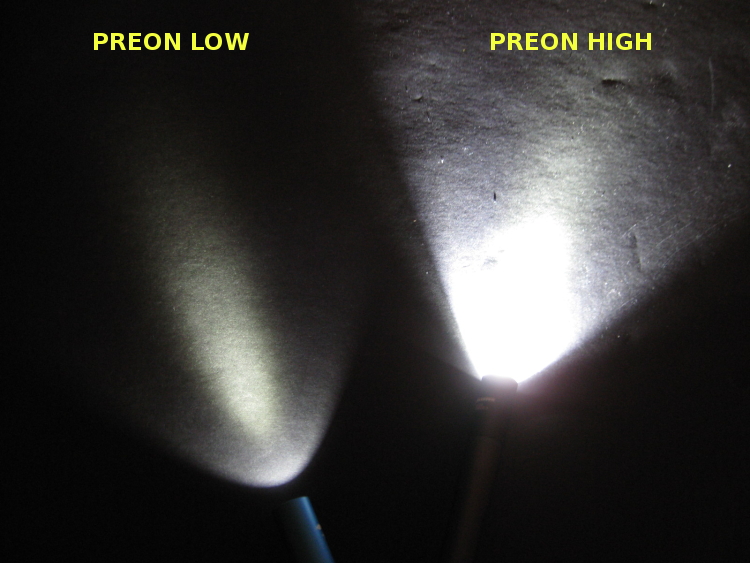
For shirt pocket carry I can’t think of a better utility light than these little Preons. I personally would only carry the Preon 2, because I prefer the tailcap, but as a keychain fob or an impossibly compact daily pocket light, the Preon 1 would be an excellent choice.
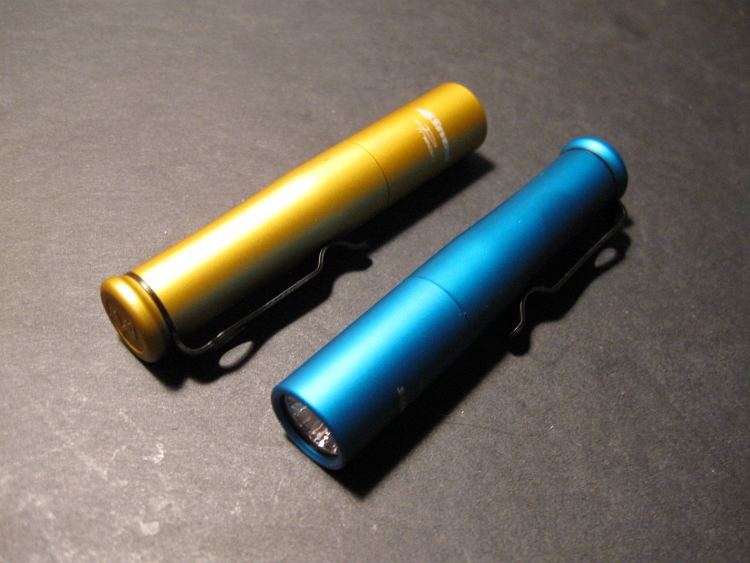
Conclusion
The extensive product line at 4Sevens has just about every combination of feature sets you could want in an individual pocket torch.
I’ve been very impressed with every model that has crossed my desk so far, and 4Sevens shows no signs of slowing down. The company is also laudably cognizant of the importance of customer feedback and networking in the presentation, review, and distribution of its products. Such a modern and responsive business model deserves to be rewarded.